Introduction
The Ukraine-Russia war, now in its fourth year, shows no signs of abating as of September 22, 2025. What began as a full-scale invasion in February 2022 has evolved into a protracted conflict marked by grinding attrition, technological warfare, and deepening international involvement. Recent days have seen a surge in military actions, diplomatic friction, and humanitarian crises, with implications extending far beyond Eastern Europe. Ukrainian President Volodymyr Zelensky's arrival in New York for the UN General Assembly underscores the urgent need for global intervention, while Russian provocations near NATO borders raise alarms about potential escalation. At Amerili, as we champion American-made products, these events highlight the importance of domestic resilience in an increasingly unstable world.
Recent Military Actions
On the battlefield, Russian forces continue their offensive push, capturing approximately 226 square miles of Ukrainian territory between September 9 and 16, 2025—a slight decrease from the previous week's gains but indicative of sustained pressure. The Institute for the Study of War (ISW) reports that Ukrainian forces struck three Russian Mi-8 helicopters on September 21, demonstrating Kyiv's ongoing capability to target Russian assets despite resource constraints.
Russia retaliated with one of its largest drone and missile barrages in recent weeks on the night of September 19-20, overwhelming Ukrainian air defenses and causing widespread damage to infrastructure. In occupied Crimea, a Ukrainian drone attack on September 22 killed three people and injured 16 near the town of Foros, according to Russian-appointed officials. These strikes reflect the war's shift toward asymmetric warfare, with drones playing a pivotal role in both offensive and defensive operations.
Further north, reports of unidentified drones disrupting air traffic in Nordic countries, including Denmark's Copenhagen Airport, have fueled suspicions of Russian hybrid tactics aimed at testing Western resolve. Such incidents, combined with Russia's mock nuclear strike exercises near NATO airspace, heighten tensions and underscore Moscow's strategy of psychological warfare.
Diplomatic Tensions and UN Involvement
Diplomatic arenas are ablaze with activity. The UN Security Council convened an emergency meeting on September 22 to address Russia's repeated violations of Estonian airspace—three incidents in just two weeks. Estonian Prime Minister Kaja Kallas described these as deliberate provocations, not accidents, aimed at probing NATO's boundaries. The session called for immediate de-escalation, but with Russia holding veto power, meaningful resolutions remain elusive.
President Zelensky, speaking at the UN General Assembly, urged the U.S. and allies to impose "strong" sanctions on Russia, emphasizing that failed peace talks have allowed Moscow to maintain its offensive momentum. He highlighted the war's roots in Russia's 2014 annexation of Crimea and called for the return of Ukrainian children forcibly deported—a summit on this issue is part of his agenda. U.S. officials have issued threats amid these developments, signaling Washington's commitment to Ukraine but stopping short of direct military involvement.
Concerns are mounting that the conflict could spill onto NATO soil, with Zelensky seeking "robust action" to prevent broader escalation. Russian President Vladimir Putin appears emboldened by perceived Western hesitancy, continuing to violate international norms without significant repercussions.
Humanitarian and Regional Impacts
The human toll remains staggering. Since October 2023, over 65,000 lives have been lost in Gaza alone, but in Ukraine, the cumulative death count is estimated in the hundreds of thousands, with millions displaced. Recent strikes have exacerbated the humanitarian crisis, straining aid delivery and leaving civilians in dire straits.
In occupied territories, reports of unlawful coercive measures by Russian forces violate human rights, including freedom of movement. The war's ripple effects are felt across Europe, with airspace incursions and drone sightings disrupting daily life and commerce in the Nordics and Baltics. These hybrid operations are seen as part of Russia's broader strategy to destabilize the region, potentially drawing NATO into direct confrontation.
Global Implications and U.S. Stance
The war's global footprint is expanding. Economically, it disrupts supply chains, inflates energy prices, and fuels inflation worldwide. Politically, it polarizes alliances, with some nations like North Korea allegedly aiding Russia, complicating efforts for a unified response.
In the U.S., the conflict intersects with domestic politics. Former President Donald Trump has been criticized for his shifting stance, while current administration policies focus on sanctions and aid without escalation. Media outlets like OAN have faced scrutiny for broadcasting from occupied Donbas, potentially spreading disinformation. As debates rage on platforms like X, opinions range from calls for NATO non-expansion as a peace guarantee to accusations of Western provocation.
Looking Ahead
As Zelensky engages in nearly two dozen meetings this week, the focus is on bolstering Ukraine's position through new support packages and diplomatic pressure. However, with Russian advances and provocative actions persisting, the path to resolution appears fraught. Proposals for ceasefires remain stalled, and the risk of wider conflict looms.
What strategies could turn the tide? Share your insights in the comments, and explore our curated selection of American-crafted products—symbols of innovation and endurance in the face of global challenges.

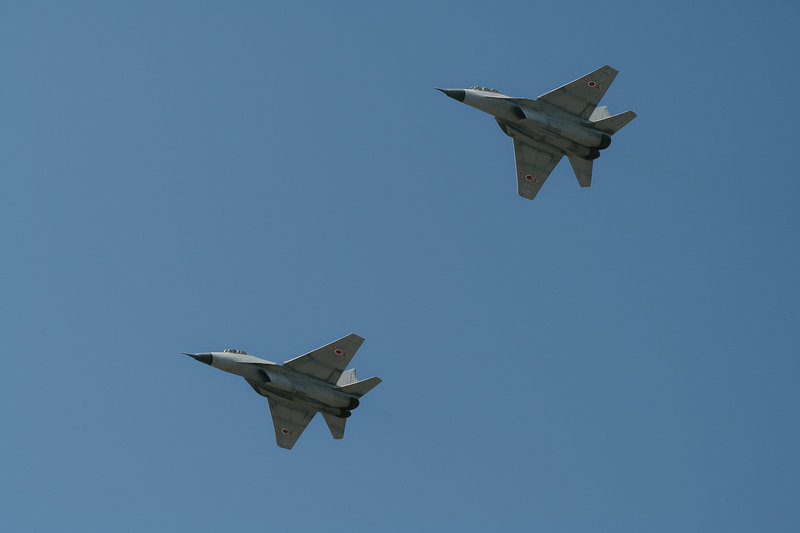





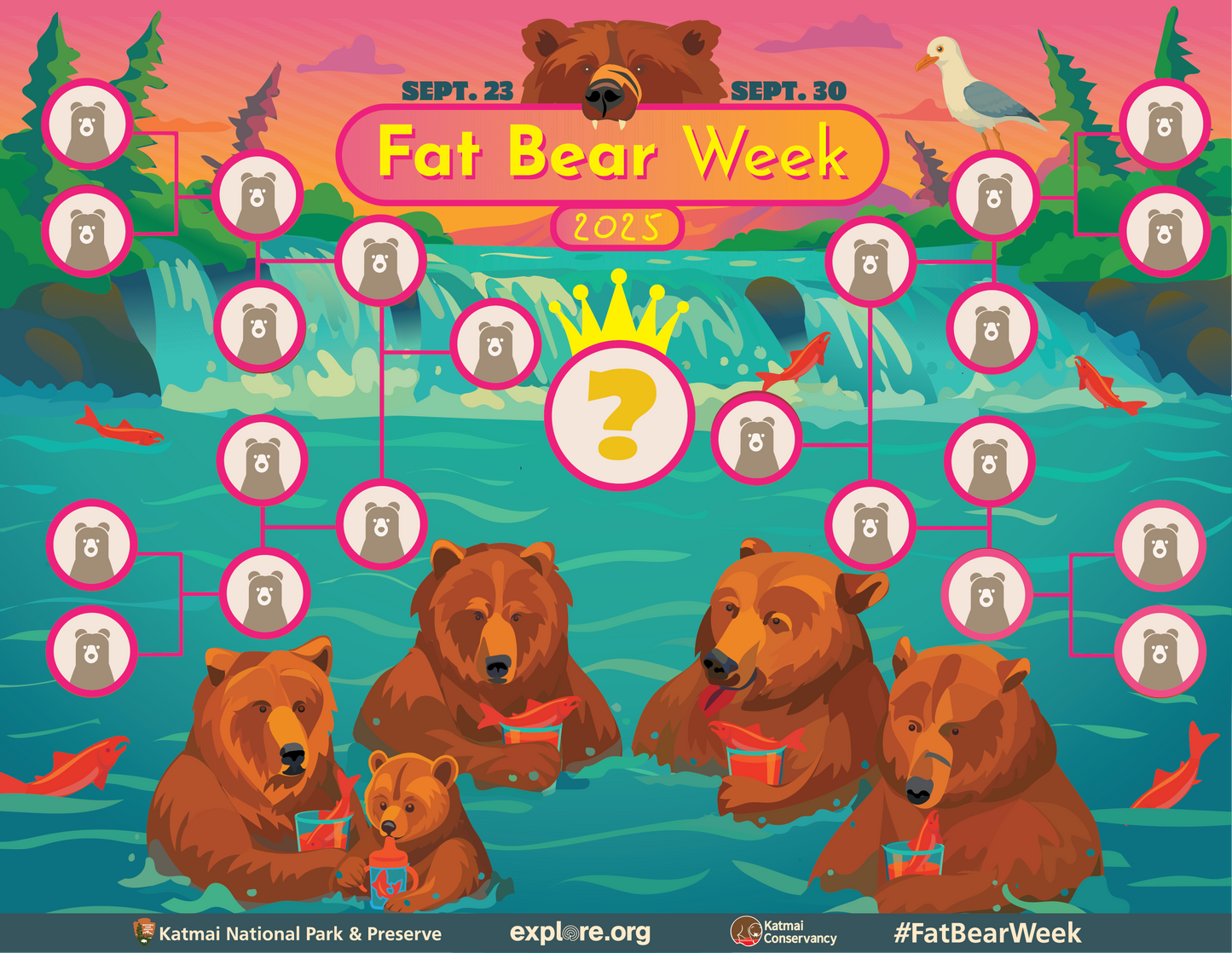
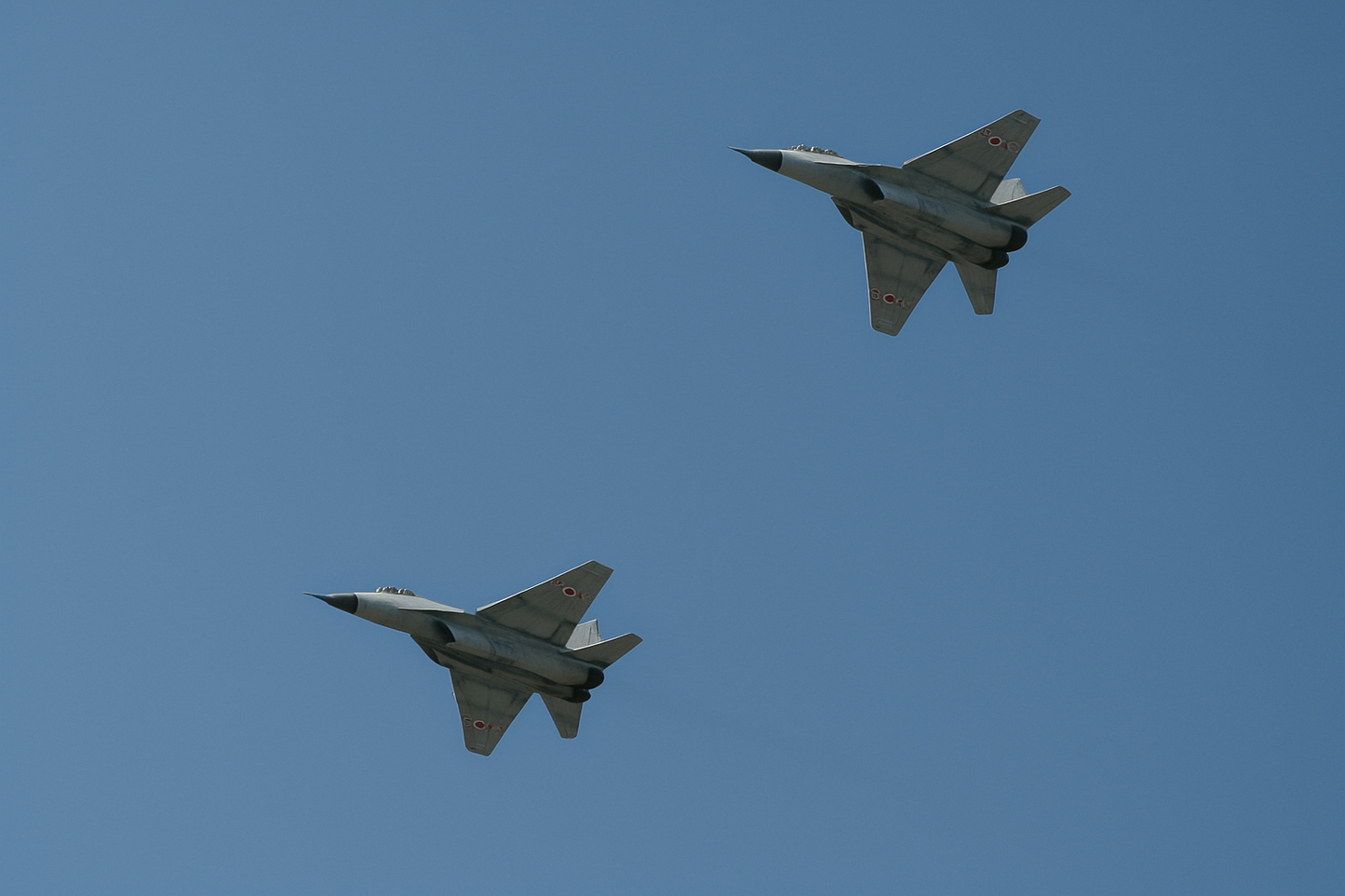
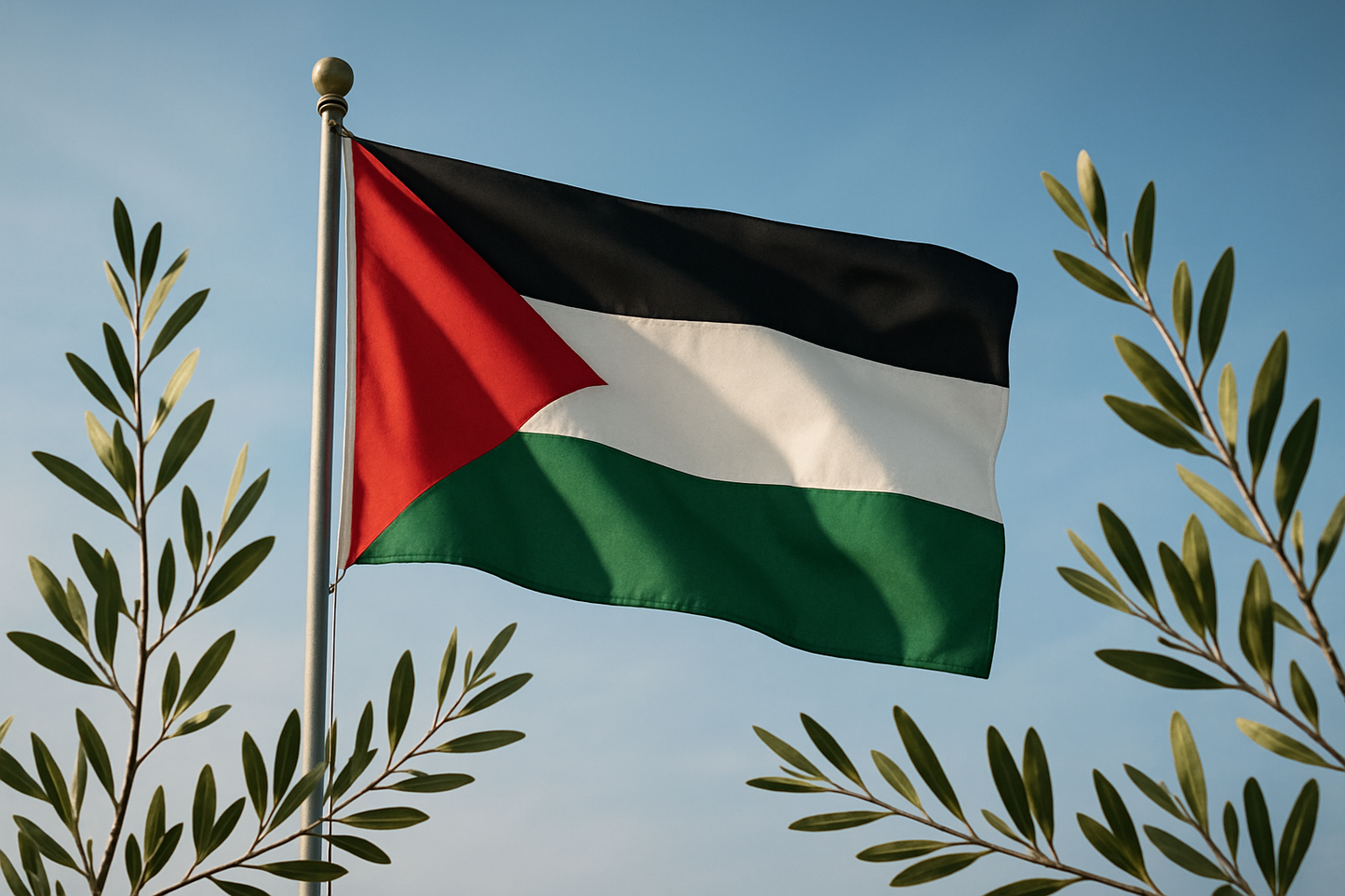
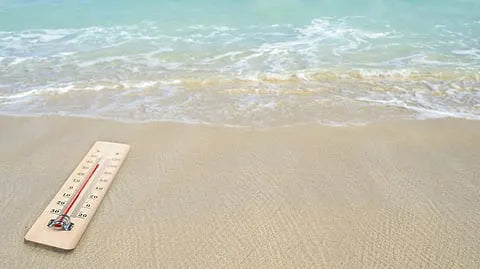
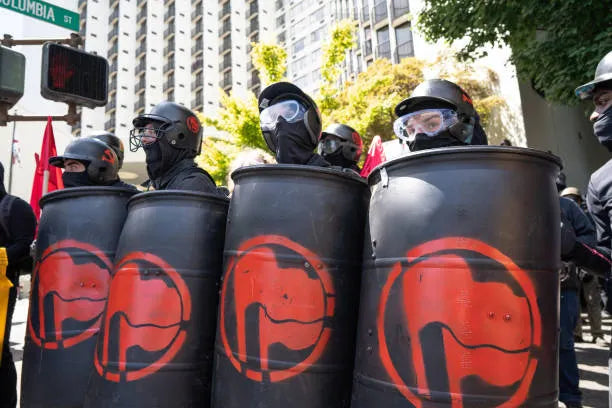


Leave a comment